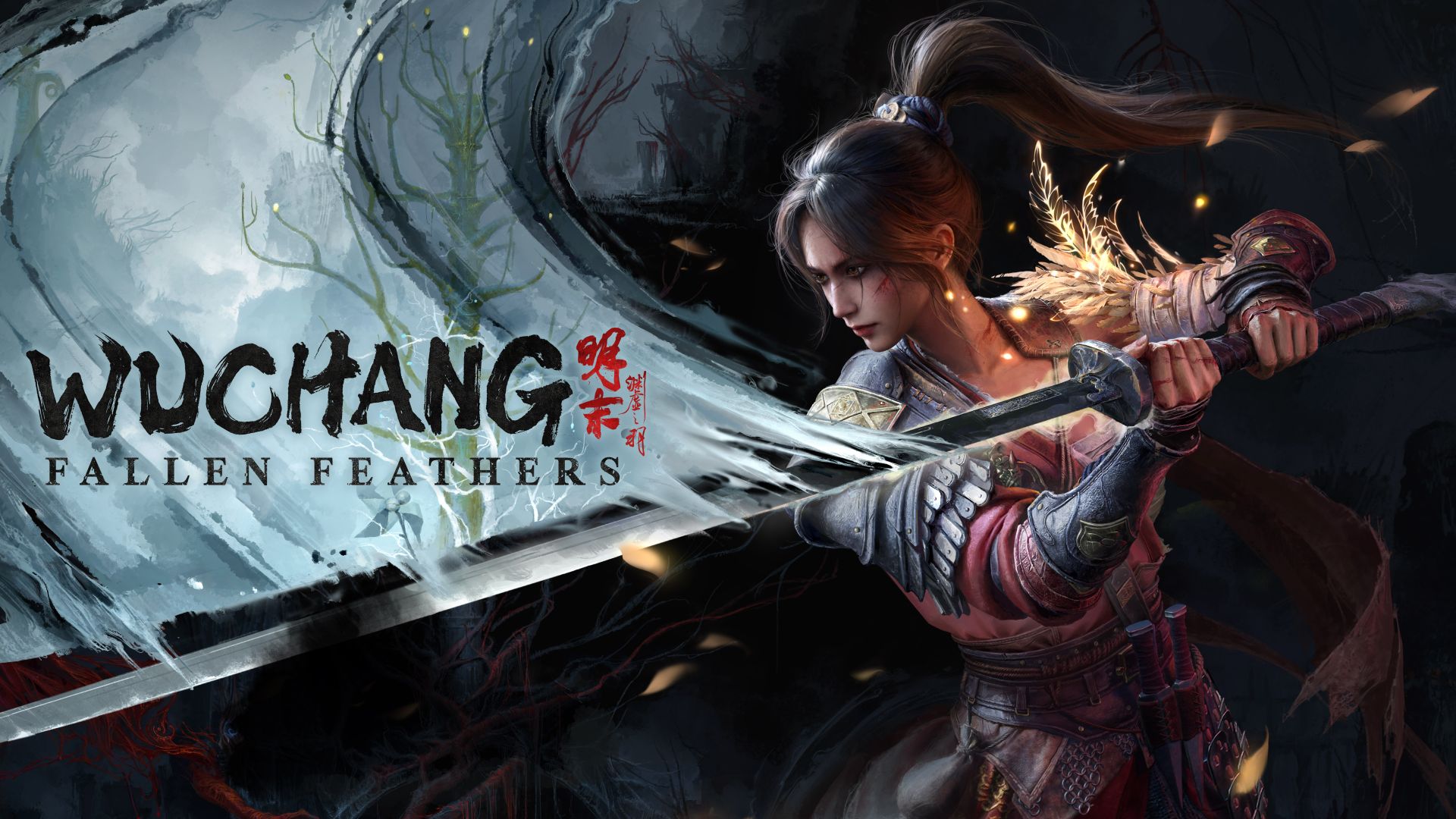
Wuchang: Fallen Feathers is the first game from Leenzee, and it sticks close to the Soulslike playbook. You’ve got stamina-based combat, shrine checkpoints, and tough bosses waiting around every corner. The setting drops you into late Ming Dynasty China, where a pirate named Bai Wuchang is infected with a strange condition called Feathering. It’s spreading fast and turning people into monsters, and she’s caught right in the middle of it.
Leenzee’s debut title doesn’t try to reinvent the genre, but it does add a few twists. It swaps traditional stat points for an extensive skill tree, encourages hybrid builds through its magic system, and introduces mechanics like Madness that carry real risk and reward. That mix, combined with solid combat and a strong visual style, helps Wuchang stand apart from other recent Soulslikes.
The setup may seem familiar at first, but once the gameplay opens up, Wuchang offers more than it first lets on. What starts as a slow, traditional Soulslike ends up building into something more distinct through its combat mechanics and customization.
Searching for a Cure
Wuchang: Fallen Feathers opens with Bai Wuchang waking in a cave, her memory missing and her arm covered in feathers. The world outside isn’t much better. A supernatural condition known as Feathering is spreading across the province of Shu, turning people into monsters. Wuchang is infected too, and her search for a cure drives most of the story.
You’ll come across allies, merchants, and hostile survivors, many with their own goals or cryptic dialogue. Some quests branch off from brief conversations, while others leave you guessing what happened. The storytelling leans more on short exchanges and visual details than traditional cutscenes. You’ll pick up most of the background through item descriptions and optional NPCs scattered throughout the world.
The story itself doesn’t change much from start to finish, but it offers just enough momentum to keep moving forward. Some moments stand out, especially when folklore-inspired monsters or major boss fights reveal new parts of the world. The cast isn’t particularly memorable, but a few side stories offer small surprises if you decide to dig deeper.
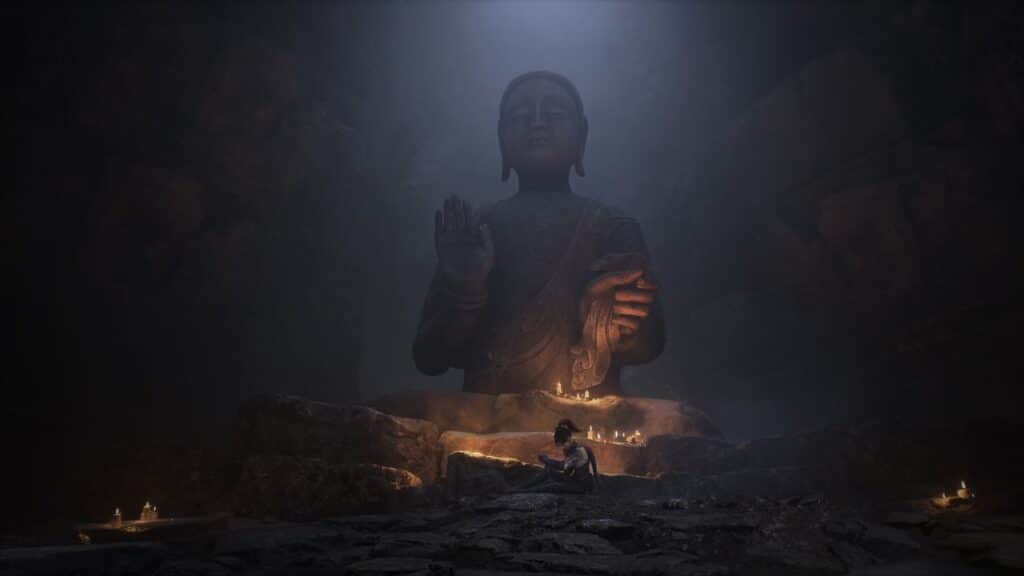
Combat, Customization, and a Few Close Calls
Wuchang: Fallen Feathers follows the familiar Soulslike formula: stamina-based combat, shrines for healing and respawning, and enemies that hit hard if you slip up. At first, the combat feels like a direct callback to early FromSoftware titles. You dodge, block, and swing with deliberate timing. That changes as the gameplay opens up.
Instead of leveling stats directly, you spend points in a large skill tree. Each weapon type has its own upgrade path, including swords, axes, dual blades, spears, and one-handed blades. These unlock new abilities, passive boosts, and damage upgrades. You can respec freely at shrines, which makes it easy to experiment.
Magic plays a big role too. Dodging at the right time or landing combos builds Skyborn Might, which fuels your spells. This system encourages hybrid builds. I leaned into a fast melee setup with lightning spells for backup, which came in handy during one boss that kept punishing slow animations. After three failed attempts, I swapped my skills to focus on dodging and magic damage. The next run was close, but I pulled through after landing a stun spell mid-fight.
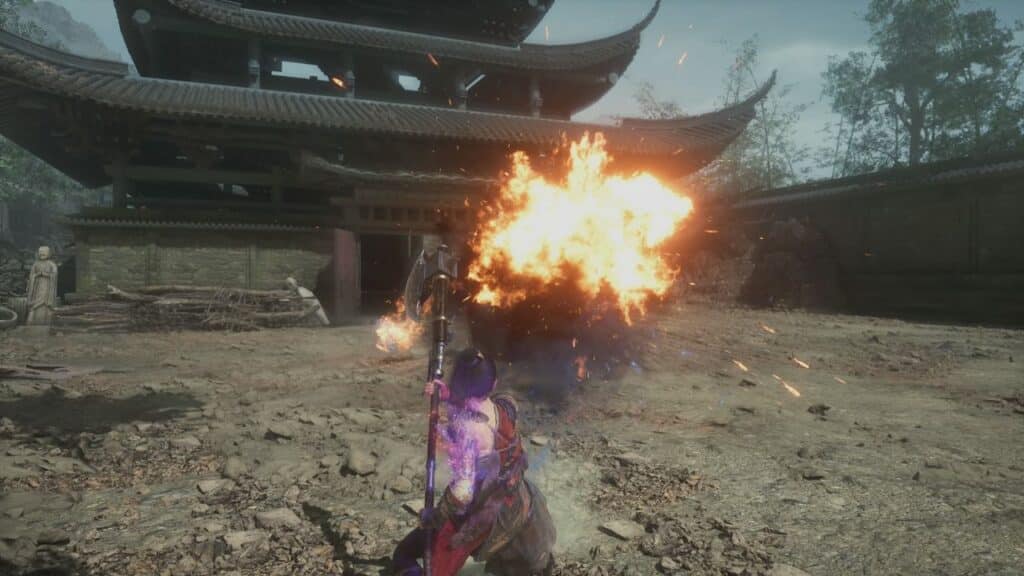
The Madness mechanic adds another layer. Each time you defeat certain enemies or die, your Madness level rises. This boosts your damage and incoming damage. If it fills completely, you lose control and must defeat a demon version of Wuchang to reset it. It’s a smart idea but can get frustrating during boss runs, especially if the demon spawns in an awkward spot.
Combat works best when you’re mixing weapon skills, spells, and movement. Some enemy attacks can’t be parried, and the animation to recover from knockdowns can feel slow. Still, there’s room to experiment, and the flexibility in builds makes tough encounters feel more manageable.
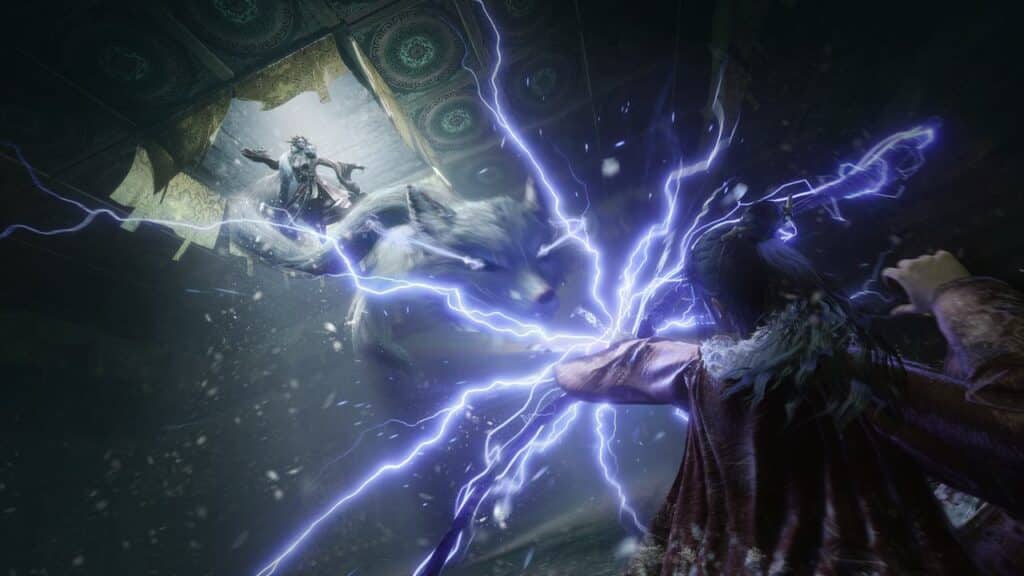
Stylish and Stable, With a Few Rough Edges
Wuchang: Fallen Feathers might not be chasing realism, but it still manages to leave a strong visual impact. Environments range from bamboo forests and snowy cliffs to underground temples and corrupted ruins. The game leans on stylized lighting and moody backdrops to set the tone. Most locations are easy to navigate, and many hide optional paths or gear off the main route.
Enemy and boss designs pull a lot from Chinese folklore, and some of the bigger ones really stand out. You’ll see exaggerated shapes and weird movement patterns that help them feel unique. Regular enemies start to repeat after a while, though, and a few animations get reused. Character models can look a little rough up close, but it doesn’t really matter once the action starts.
I played on PS5 using Performance Mode, and things ran well overall. No crashes, no big frame drops. There was a bit of stuttering near the end, but it didn’t mess with combat. Load times between deaths were quick, menus felt snappy, and inputs responded like they should.
The audio is a bit of a mixed bag. The ambient sounds work well, with wind, distant howls, and quiet moments that fit the mood. Boss music doesn’t really stand out. It gets the job done but doesn’t hit as hard as the fights. Dialogue is fully voiced, but some lines don’t quite land.
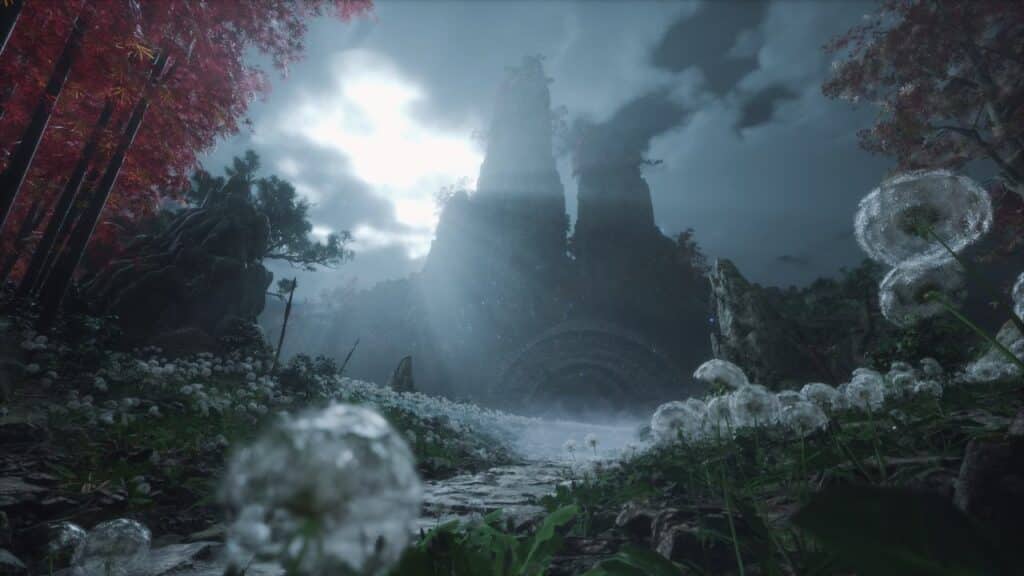
Wuchang Fallen Feathers Grows With You
Wuchang: Fallen Feathers starts slow but grows into something worth sticking with. The early hours feel familiar, almost too safe, but once the gameplay opens up, there’s a lot to dig into. The combat pushes you to mix dodging, spells, and weapon skills, and the flexible skill tree gives you room to try different builds without locking you in.
Some parts still need work. Enemy placement can feel cheap, a few bosses hit too hard without warning, and the Madness system doesn’t always feel fair. Animations can also be sluggish when healing or getting up from a knockdown. But even with those issues, the game gives you enough tools to adapt and push through.
One thing I appreciated was how the build I used actually mattered. I swapped between sword and spell setups depending on what the next boss was doing. In one fight, I went in aggressive and got wrecked. I changed my skills, added a lightning spell, and came back with a plan. That moment stuck with me because it wasn’t just about grinding. It was about finding what worked.
If you’re coming into this expecting something on the level of Elden Ring or Bloodborne, you won’t find that here. But Wuchang: Fallen Feathers is a solid Soulslike with its own ideas, and it delivers where it counts. It’s not perfect, but it has enough going for it to make the journey feel worthwhile.
WUCHANG: Fallen Feathers

Summary
Wuchang: Fallen Feathers doesn’t reinvent the genre, but it brings enough variety to stand out. The flexible skill tree, dodge-based combat, and mix of melee and magic give you room to experiment. Some balance issues and clunky animations hold it back, especially early on, but it builds into a solid Soulslike experience that makes the journey feel worthwhile.
As always, remember to follow us on our social media platforms (e.g., Threads, X (Twitter), Bluesky, YouTube, and Facebook) to stay up-to-date with the latest news. This website contains affiliate links. We may receive a commission when you click on these links and make a purchase, at no extra cost to you. We are an independent site, and the opinions expressed here are our own.









